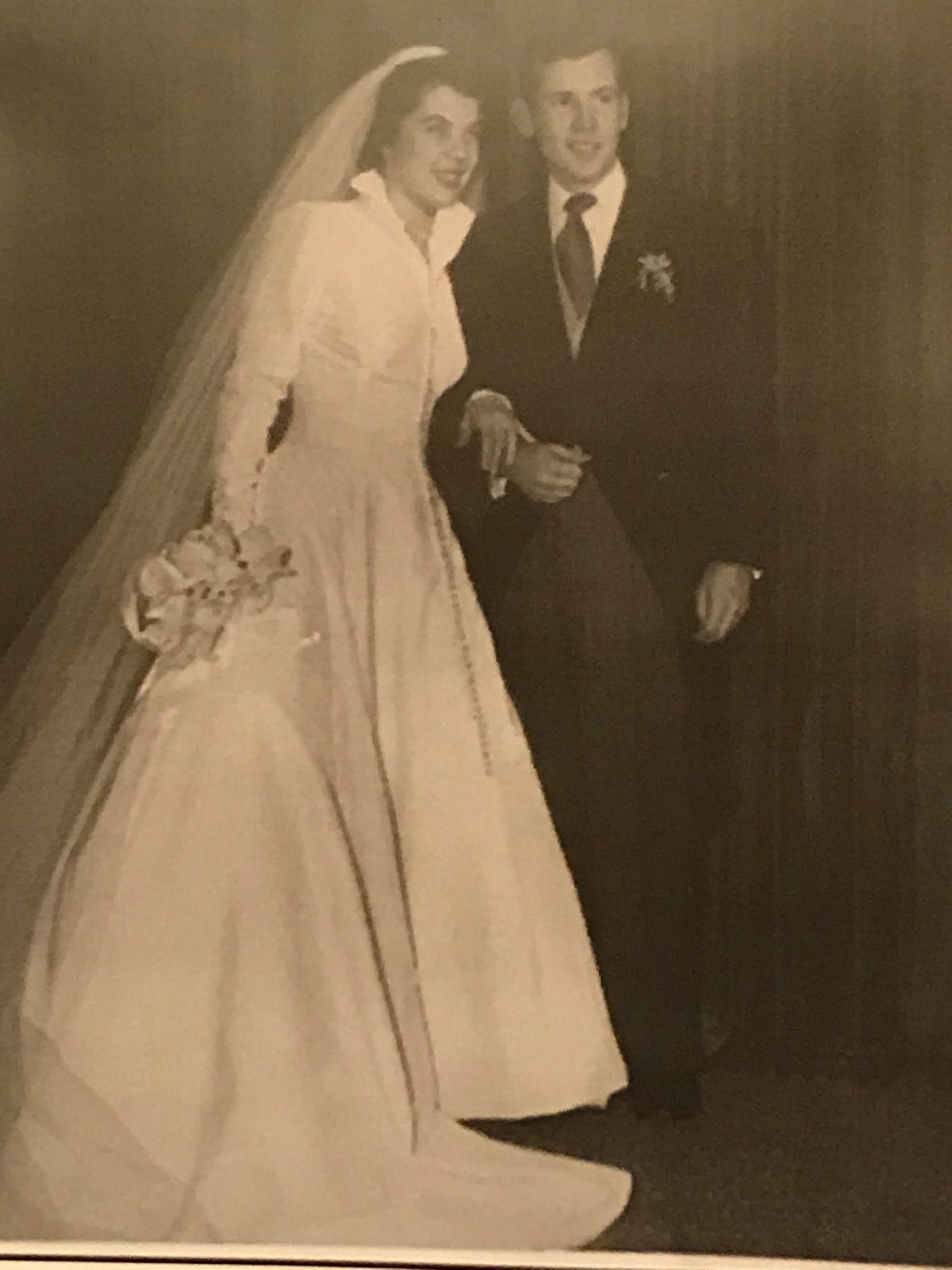This citation for the Congressional Medal of Honor, the highest honor that can be bestowed on an American in combat by the President, was issued to First Lieutenant Joseph Cecil of New River, TN. Cecil was serving at Bud-Dajo located in the Philippine Islands during the Philippine Insurrection, an offshoot of the Spanish American War. On March 7, 1906 while at the head of a column of soldiers, Cecil carried a wounded comrade to a sheltered position and retrieved the body of another comrade. Cecil was awarded the Medal of Honor by President Calvin Coolidge. Joseph Cecil rose to the rank of colonel and served in WWI. He died in 1940 and is buried in Arlington National Cemetery. Colonel Joe Cecil Bridge, spanning New River, is named for him. The whereabouts of his Medal of Honor is unknown.
Note: his citation gives his name as Josephus Cecil





